Patterns from the Past at the High Desert Museum July 16, 2009
My three-day whirlwind of quilts wound down on Sunday with our visit to the High Desert Museum south of Bend. I have never been to a museum quite like it — it’s tucked back in its own world, well off the road, at the end of a long and winding drive.
The Patterns from the Past exhibit drew plenty of Sisters quilters eager to see the collection of antique quilts from the Susan Lewis Cockrell collection! Everyone commented on border patterns, fabric choices and humble blocks and snapped tons of pictures. Most were displayed hanging on the wall, so we could see the details of the entire quilt, but some in more fragile condition were folded in glass cases.
The seventeen quilts, all made by Southern women between the Revolutionary and Civil Wars, show the fascinating progression of patterns, fabric colors, political messages, quilting styles, and available materials as the fortunes of the South rose and fell dramatically during these quilters’ lifetimes. Signs all around the space added fascinating historical details, as well as speculation about the origins or inspiration behind the patterns, since 16 of the 17 are uncredited to their makers after so many years. It felt like an education in a room, learning this history and seeing these lush and beautiful quilts that could have been made by our great-great-grandmothers (give or take a few generations) — and at the same time somehow looked as fresh and lovely as if they had been pieced and stitched this year and shown in Sisters.
Just a note — the High Desert Museum graciously gave us all permission to take non-flash photos, but these delicate antiques are only displayed in low light, so some of my pictures are out of focus or harder to see detail on (especially the smaller print on the signs, which is a shame, because the curators did an outstanding job framing these pieces with vivid historical background).
My whole set of Patterns from the Past photos is here — I spotlighted six of the quilts, but there are eleven more exquisite pieces in the collection (which is owned by the Benton County Historical Museum), and if you have the chance to visit Bend, I wholeheartedly recommend seeing this show in person!
Star of Many Points – circa early 1800s
This quilt’s humble blocks (in the sign below, there’s a great description of the tradition) are so striking within the otherwise beautifully symmetrical geometric pattern.
Whig Rose – Applique – circa 1830s-50s
I could not believe the condition of this beautiful, bright quilt after at least 160 years. The design was breathtaking up close (particularly the exquisite hand-quilting patterns) and the colors were incredibly well preserved!
Album Applique – circa 1850s
Each square of this quilt was created by a different seamstress, in a style that was popular in the Victorian era and inspired by autograph albums. The colors are much softer than most of the others in the collection.
Pomegranate Applique Album – after 1850
Some of the fascinating details revealed on the placard: this beautiful quilt was also made in the communal album style (with a repeating instead of assorted block pattern like the one above), spotlighting the pomegranate — which symbolized fertility and love — along with the use of “daring new colors” like Cheddar yellow and Navy blue.
Northern or Carolina Lily – circa 1850s-60s
This lovely design displays a political message through the quilter’s decision not to twine the Northern Lily and Southern Rose, and her choice to “break” the vine may mean she advocates secession from the Union.
Log Cabin – 1865
This strikingly simple quilt top (it is only pieced and backed, not fully quilted and bound) is the only one in the collection with a definite history. It was made by Susan Cockrell’s grandmother in 1865, using the pattern most closely linked to President Lincoln, the Log Cabin — with some variants in her red, white and blue color choices suggesting a nod to the tradition of the humble block, while at the same time ushering in the radical new era of the modern scrap quilt.
As a complement to the antique quilts on display, there was a newly made quilt on a frame for visitors to add their quilting and stitching to. I added a few tenative inches of hand-quilting, and felt even more amazed by the 14-stitches-to-the-inch delicacies surrounding me!
And outside the main entrance, there was a table set up to create your own quilt pattern, with lots of little angled pieces to arrange and rearrange into blocks.
After we left the museum, we headed north through Redmond and Madras (with a beautiful view of Mt. Bachelor the whole time), wound around the gorgeous open canyons of Warm Springs, and finally skirted the south side of Mt. Hood to come back to Portland. I’ve never felt more lucky to live in Oregon, with the chance to appreciate all these beautiful things in just a few days — but somehow seeing so many quilts by Southern artists (from these unknown women of the 19th century to the Quilters of Gee’s Bend) out here in the West was very much like coming home, and made me feel like part of a family of quilters.
I grew up in North Carolina and have always loved our family quilts, from the antique postage-stamp black-velvet-and-colored-silk confection (so beautiful, but sadly showing its age) to the hand-quilted green calico workhorse that’s still holding strong. Their fabrics and colors tell such a story! I don’t know exactly which women in our family made them, just like in the ones in the Cockrell collection, but next time I visit my mom’s house I’ll be seeing them in a whole new light. I hope generations from now someone’s enjoying my quilt just as much!
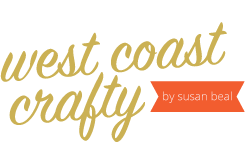








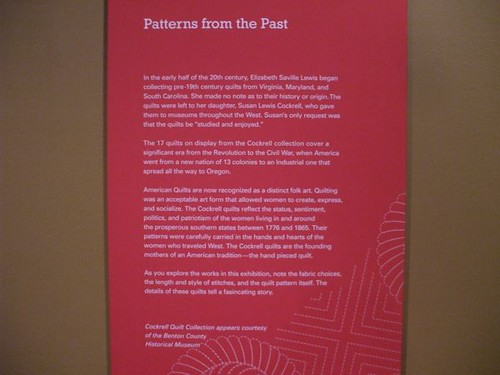
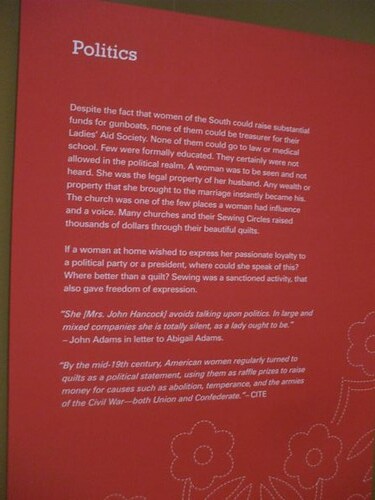
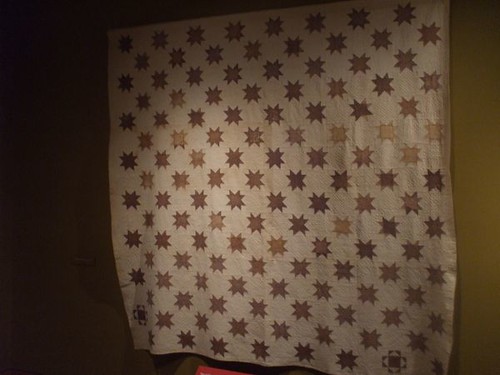
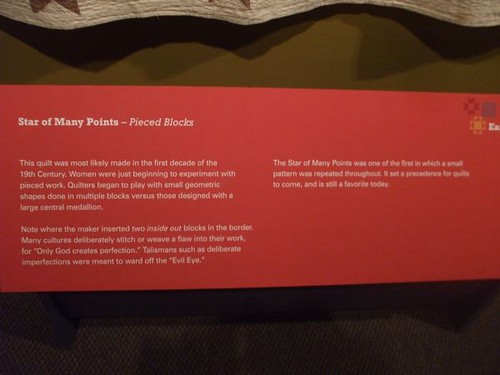
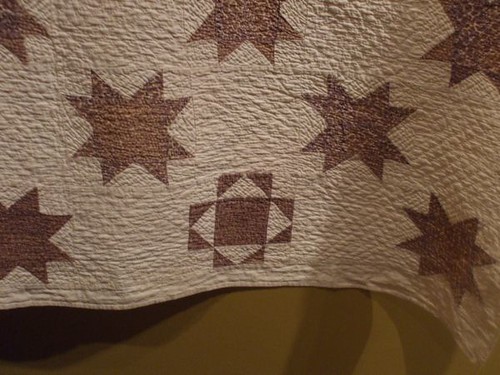
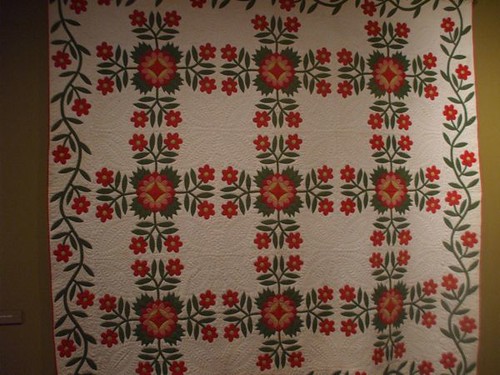
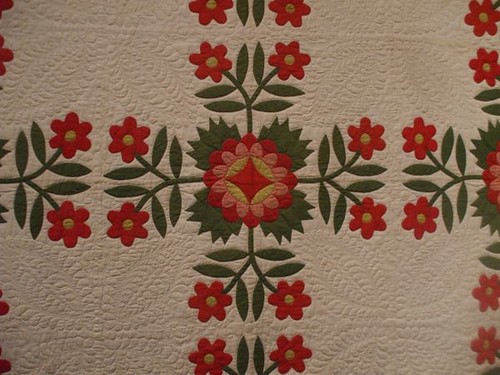
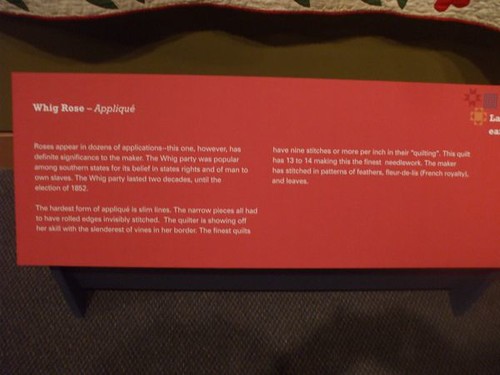
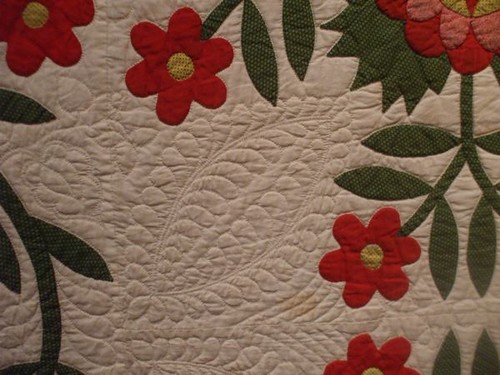
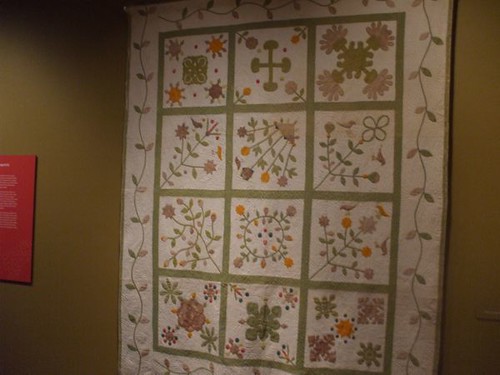
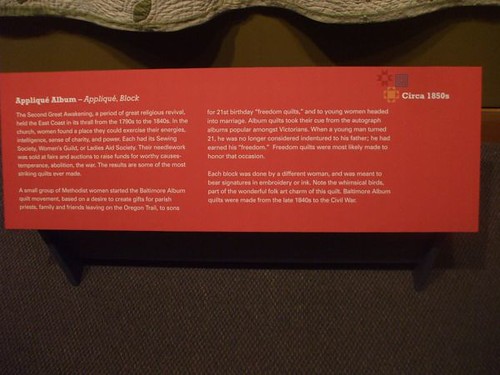
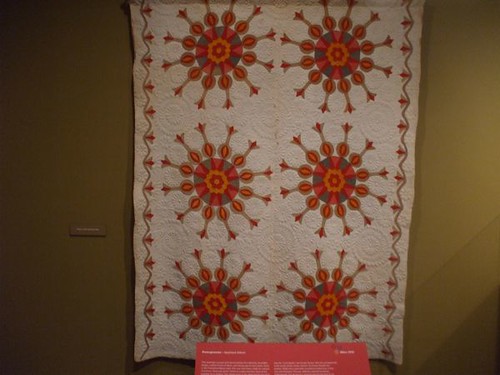

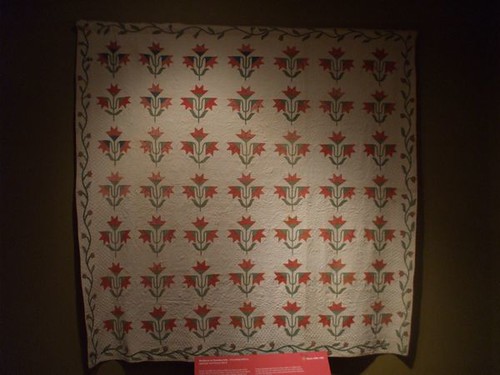
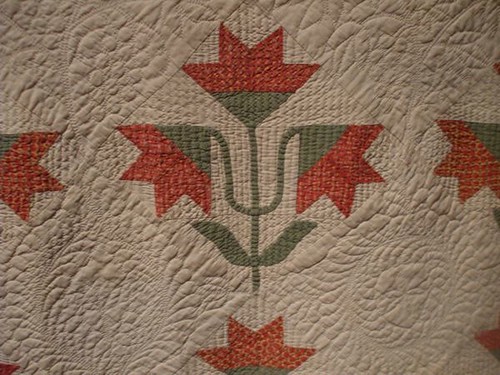

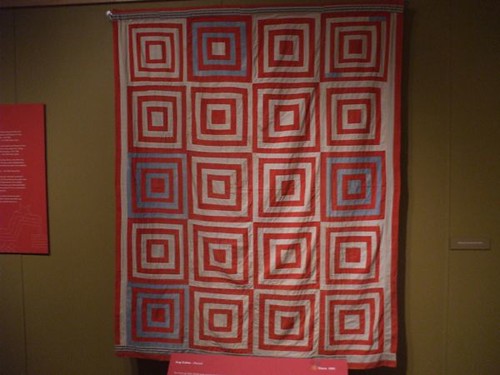
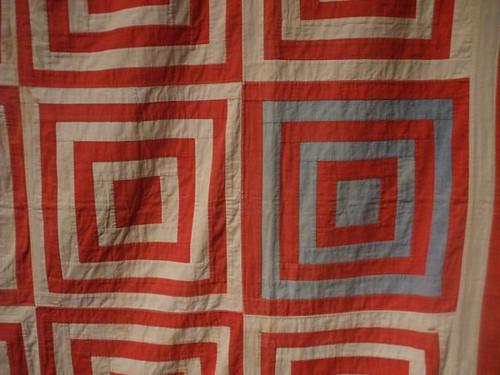
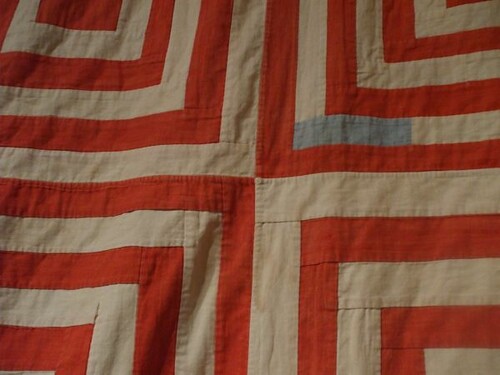

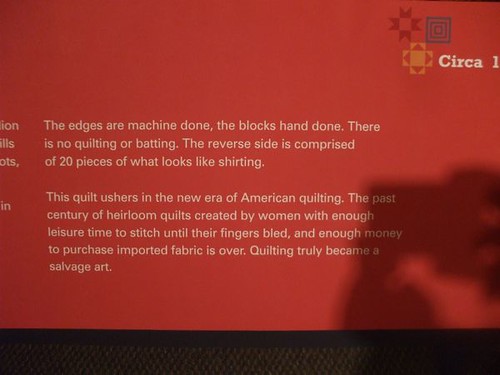
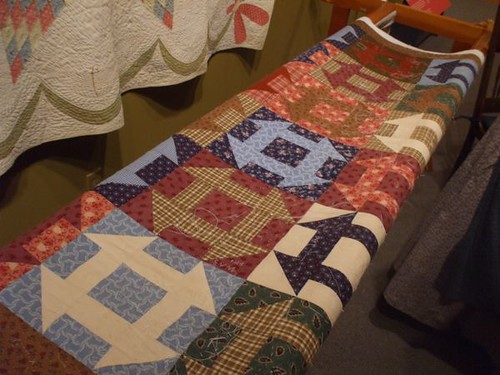
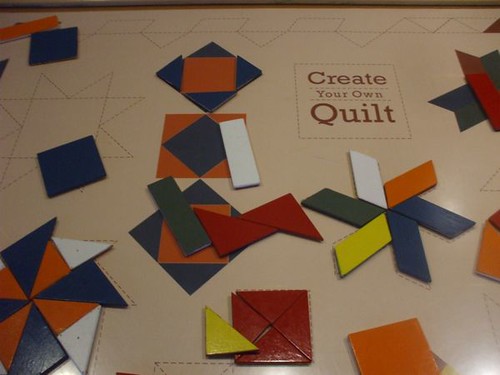
Leave a Reply